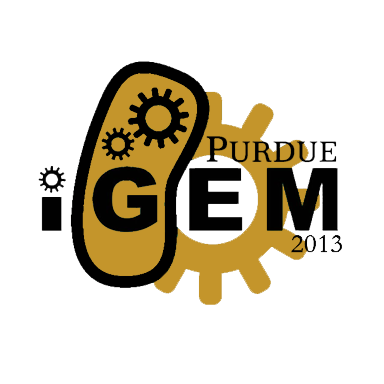Overview
Within the last few decades, DNA synthesis, sequencing and recombination technologies have significantly increased in sophistication and in turn practicality. However, the unpredictable variances in the behavior of standardized parts across setting changes remain an obstacle to time-efficient, rational gene network design. Vivek Mutalik and colleagues have in the past year designed bicistronic expression operating units (EOUs). Using these bicistronic designs (BCDs) Mutalik and others managed to express arbitrary genes within a twofold target window with ~93% reliability (Mutalik, 2012). The next best system at the time could only do the same with ~47% reliability (Salis, 2009). This summer, we attempted to make four existing BCD designs BioBrick compatible and modify them for assembly in an all-in-one-pot Golden Gate Cloning Reaction using the type IIs restriction enzyme BpiI.
Background
Bicistronic Design
Golden gate cloning relies on type IIs restriction enzymes, such as BpiI, to assemble multiple fragments in one reaction. The unique feature of IIs REs which allows this is the separation of their recognition sites from their cut sites (Engler, 2009). The 2012 Freiburg iGEM team has an excellent page on Golden Gate assembly for those who wish to learn more. https://2012.igem.org/Team:Freiburg/Project/Golden
Experimental Design
Data
Results and Conclusion
We managed to successfully culture ____ and obtained ____, the result of red fluorescence of mrfp. This indicates that the BpiI-GGC assembly scheme, our mfrp1 gene with synonymous DNA base substitutions and the Ptrc* promoter work at least in the context of a bicistronic expression operating unit.
Future Work
Our next immediate step were we to have more time would have been sequencing the fully assembled BCD EOUs to compare them to the original BCD EOUs we received from Vivek Mutalik. We would expect them to have identical sequences up until the BioBrick scar preceding our constructs' double terminators. Identical sequences should result in equal functionality assuming other variables, such as host strain held constant. However, more rigorous characterization of BCD function would require more than the one mrfp1 coding sequence we had in our budget to synthesize.
Although we could not submit our BpiI-GGC-compatible BCD EOUs to iGEM HQ by the competition deadline, we plan to more fully characterize them and send them to the Registry in the near future. Further work should be directed towards making more promoters and coding sequence BioBricks with the BpiI sites needed for cloning into our BCDs.
 "
"
